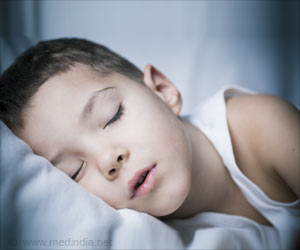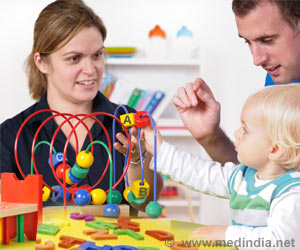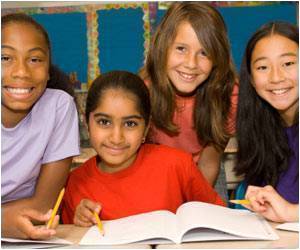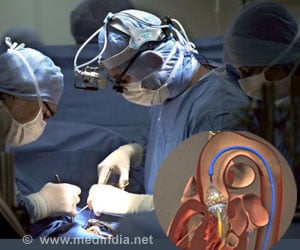Improvements have taken place in both government and private schools, with greater improvements in government primary schools, as compared to private schools.
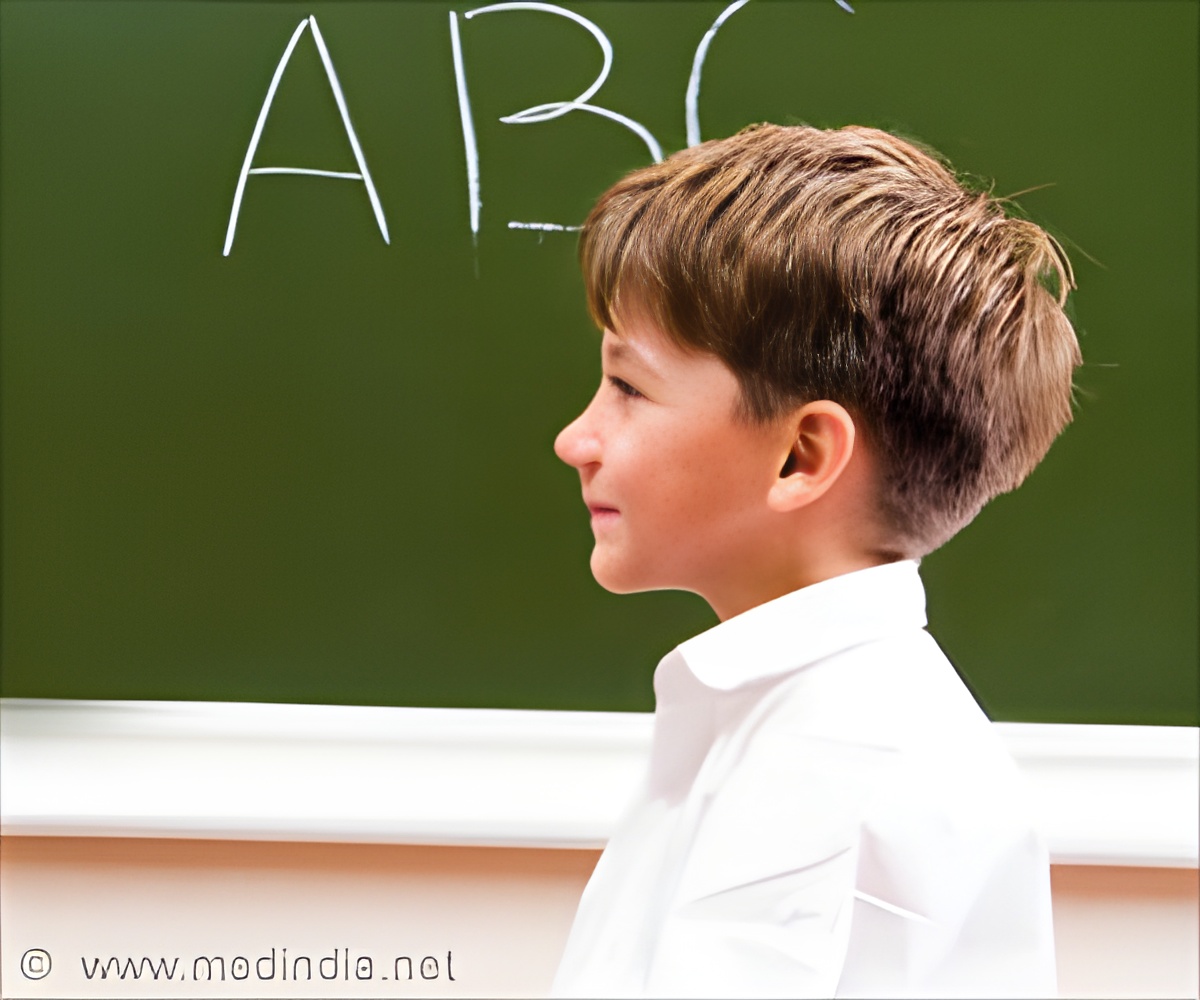
‘In 2015-16, the central government spending on school and higher education was less than other BRICS countries -- India spent 3 percent of its gross domestic product (GDP) on education, compared to other countries.’





For information on learning outcomes, the ASER survey interviewed 562,305 children, from 350,232 households, including children who were not enrolled in, or dropped out of, school. The survey, focused on rural areas, included 17,473 villages in 589 districts. Still, these learning levels are low, and many of India's 259.5 million school children are not learning in school. With persisting low outcomes -- for instance, less than half of children in Grades V (49 per cent) and VII (43 per cent) can divide -- it is unlikely that India will be able to completely reap the demographic dividend from its working-age population of 869 million by 2020 -- the largest of any country.
Improvements have taken place in both government and private schools, with greater improvements in government primary schools, as compared to private schools, in basic reading and arithmetic. In 2016, 19.3 per cent of government school children in Grade III could read a level II text, as compared to 17.2 per cent in 2014. In private schools, the proportion of children increased from 37.8 per cent in 2014 to 38 per cent in 2016.
It is difficult to pinpoint the reasons for the improvement or decline in learning outcomes, and reasons differ across states, Wilima Wadhwa, director of the ASER centre, told IndiaSpend.
Improvement in indicators, such as the pupil-teacher ratio and mid-day meals, could have helped improve results in 2016. For school-level data, such as infrastructure, attendance and teachers, ASER surveyors, who are mostly local volunteers, visit one school in every village.
Advertisement
In 2016, as many as 87.1 per cent government schools served a mid-day meal to students on the day an ASER team visited the school, up from 85.1 per cent in 2014.
Advertisement
The proportion of schools with libraries fell from 78.1 per cent in 2014 to 75.5 per cent in 2016, but more children used library books. In 42.6 per cent of schools visited by an ASER team, children used library books in 2016, compared to 40.7 per cent in 2014.
Well-designed interventions can also boost learning. For instance, an innovative teaching system in six Rajasthan districts recorded average score increases -- irrespective of gender and social background -- of 45 per cent in Hindi, 26 per cent in English and 44 per cent in math.
Even though learning outcomes have improved from 2014 to 2016, several haven't reached the levels of 2010. For instance, though more children (27.7 per cent) in Grade III could subtract in 2016, it was still lower than in 2010 (36.3 per cent).
As many as 63.7 per cent schools had Grade II students, and 58 per cent schools had Grade III students, sitting with students of other grades, according to ASER 2016 data. This proportion is for 9,644 primary schools surveyed by ASER teams.
As several students sit in one classroom with the same teacher or teachers, more training and different kinds of pedagogy would have to be used to reach every child, according to an ASER 2011 report. The RTE Act does not specify any regulations for multi-grade classrooms, and it is possible that schools provide few teachers trained for multi-grade classrooms.
In addition, teacher vacancies persist in India. Of six million teaching positions in government schools nationwide, about 900,000 elementary school teaching positions are vacant, according to an answer given to the Lok Sabha.
These shortfalls are reflected in the low level of secondary enrolment in India. Although 87.3 per cent of primary-school age children enrolled in public and private schools in India, net secondary enrolment was 51.26 per cent in 2015-16.
Politically, education is still not seen as a vote-gathering topic, said Arvind Subramanian, the government's Chief Economic Adviser, at a panel discussion hosted by Pratham, the education nonprofit that conducts the ASER survey.
In 2015-16, the central government spending on school and higher education was less than other BRICS countries -- India spent 3 percent of its gross domestic product (GDP) on education, compared to 3.8 percent in Russia, 4.2 percent in China, 5.2 percent in Brazil, and 6.9 percent in South Africa, according to 2016 data from the Ministry of Statistics and Programme Implementation.
(In arrangement with IndiaSpend.org, a data-driven, non-profit, public interest journalism platform, with whom Prachi Salve is an analyst, and Shreya Shah is a writer/editor. The views expressed are those of IndiaSpend. Feedback at [email protected])
Source-IANS


